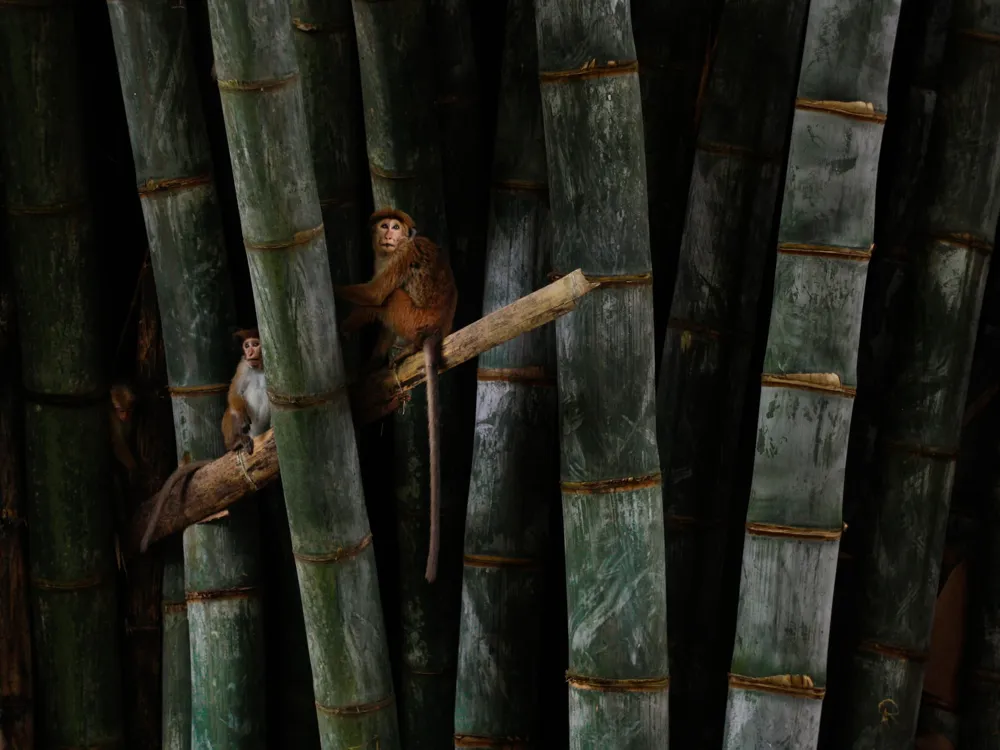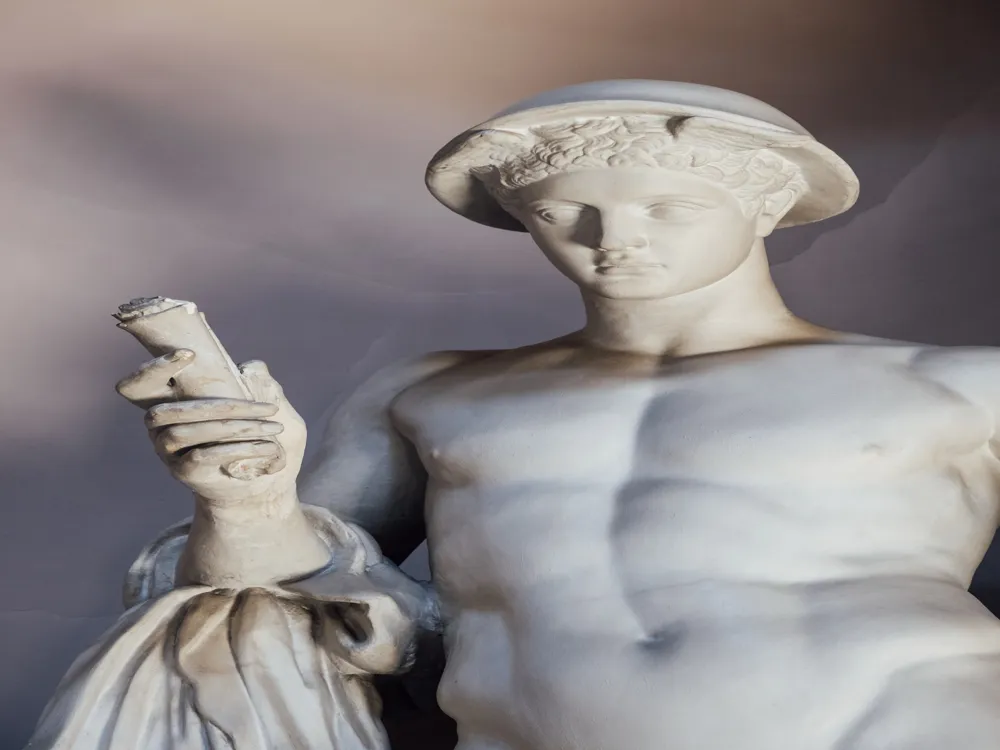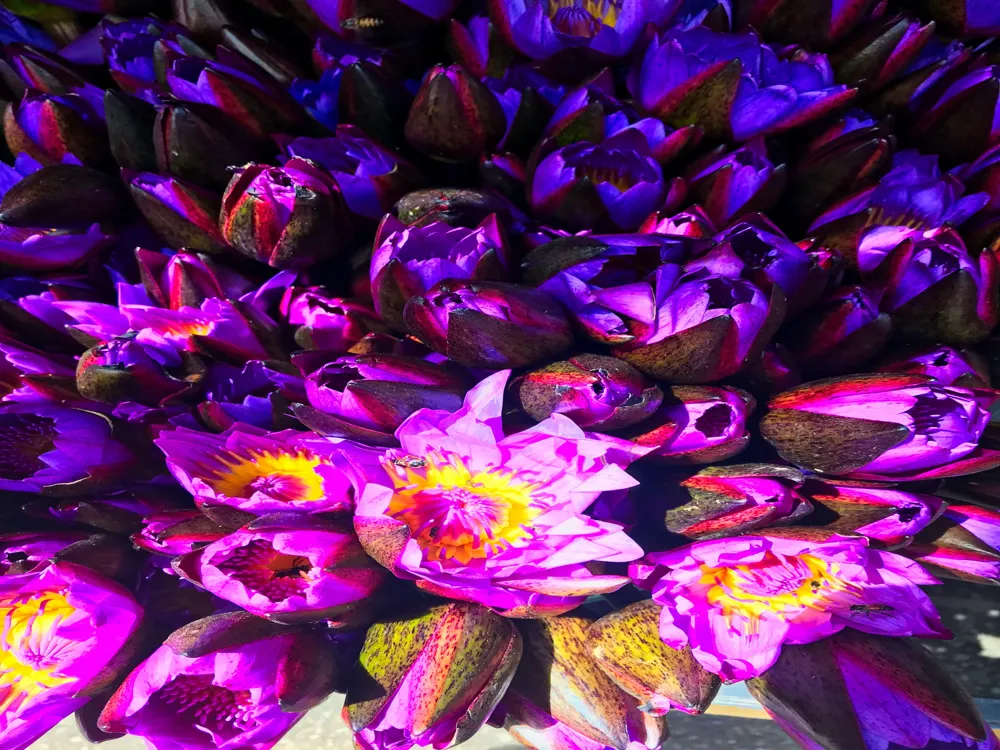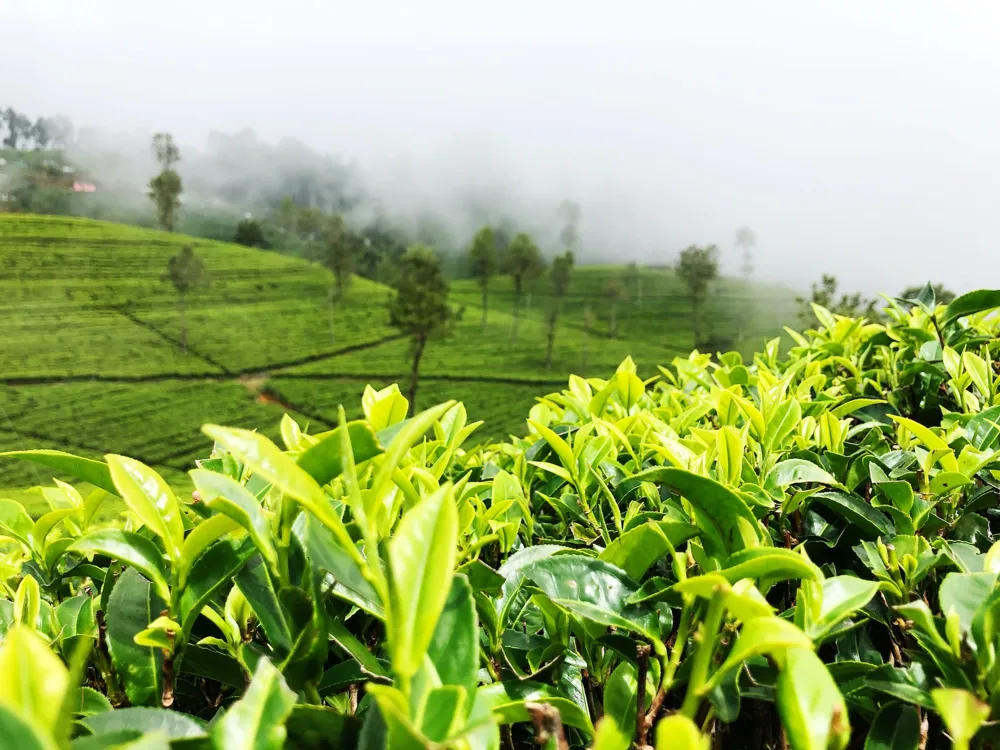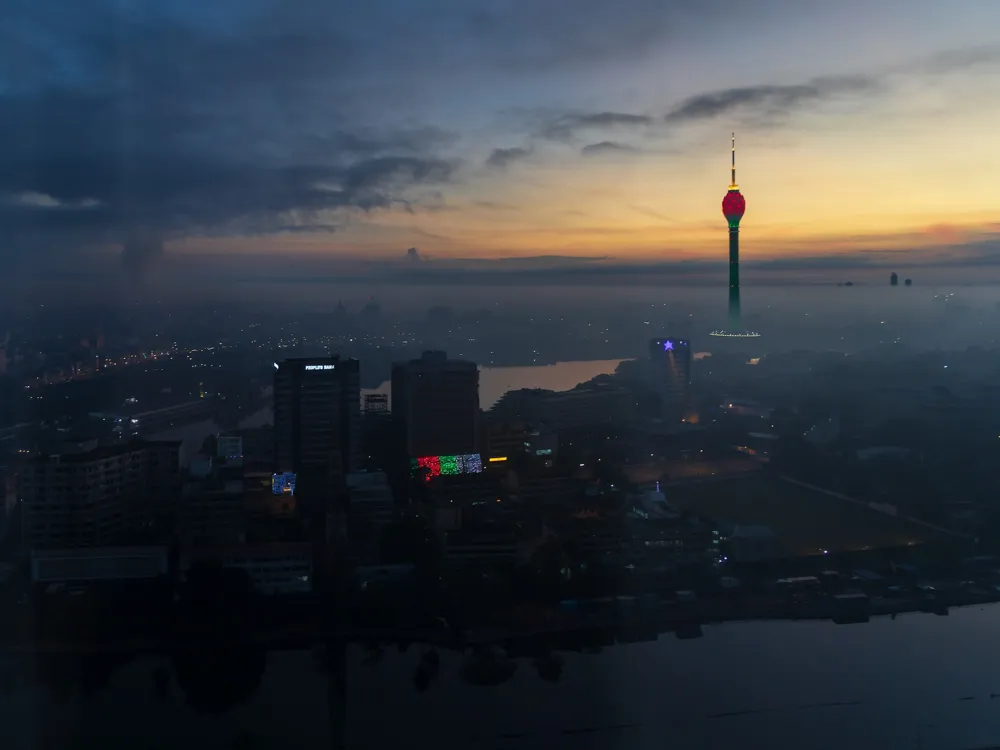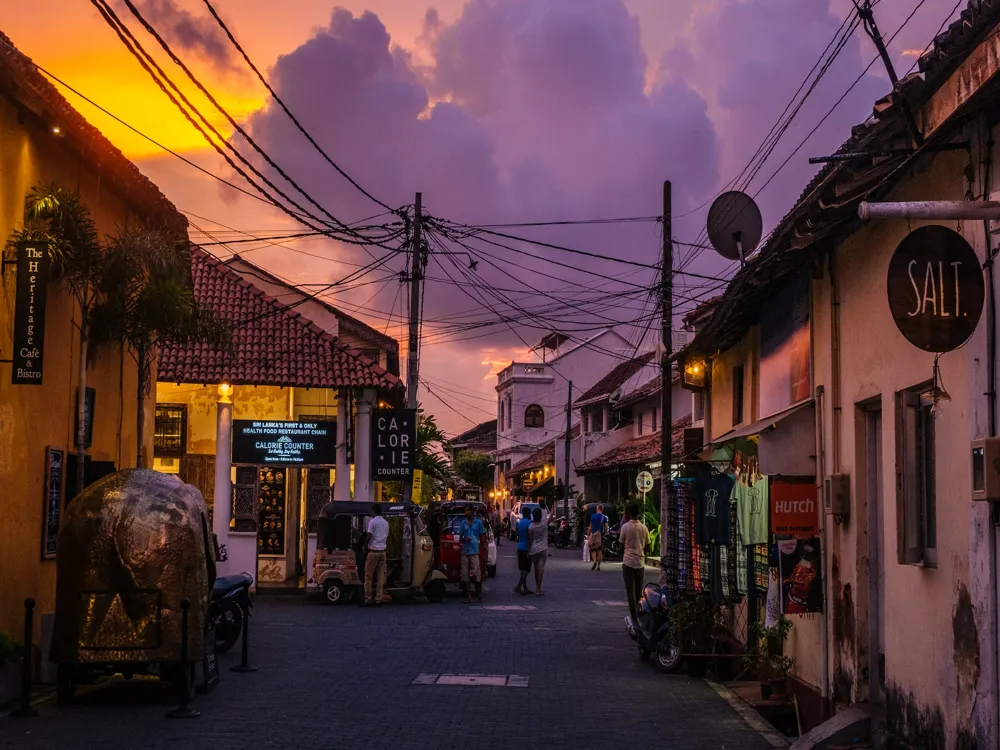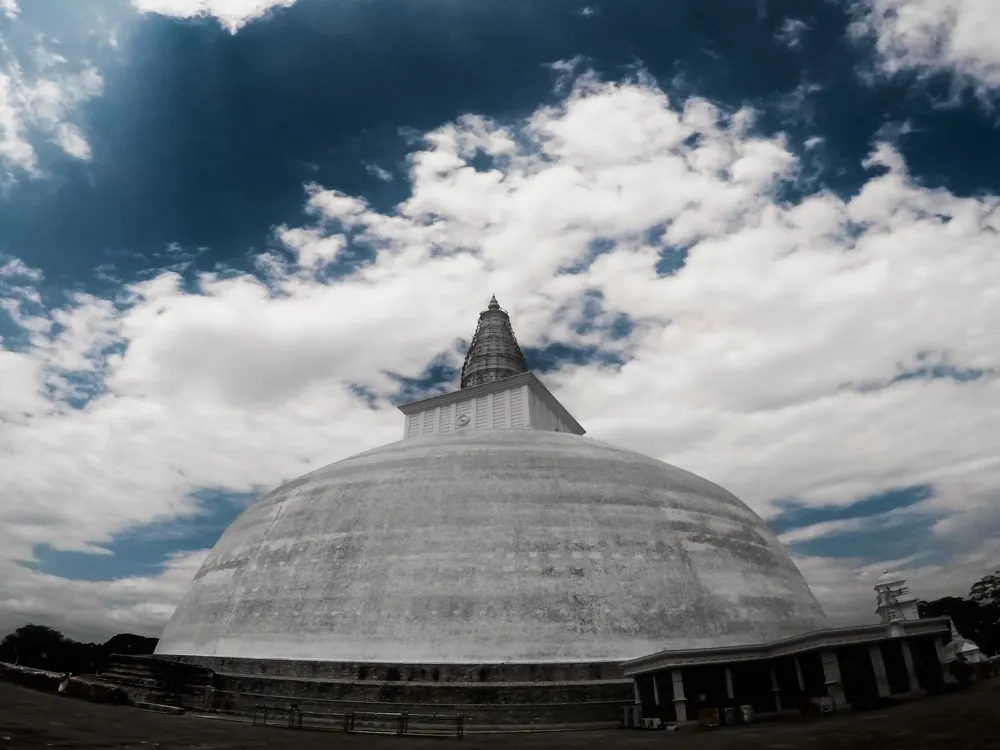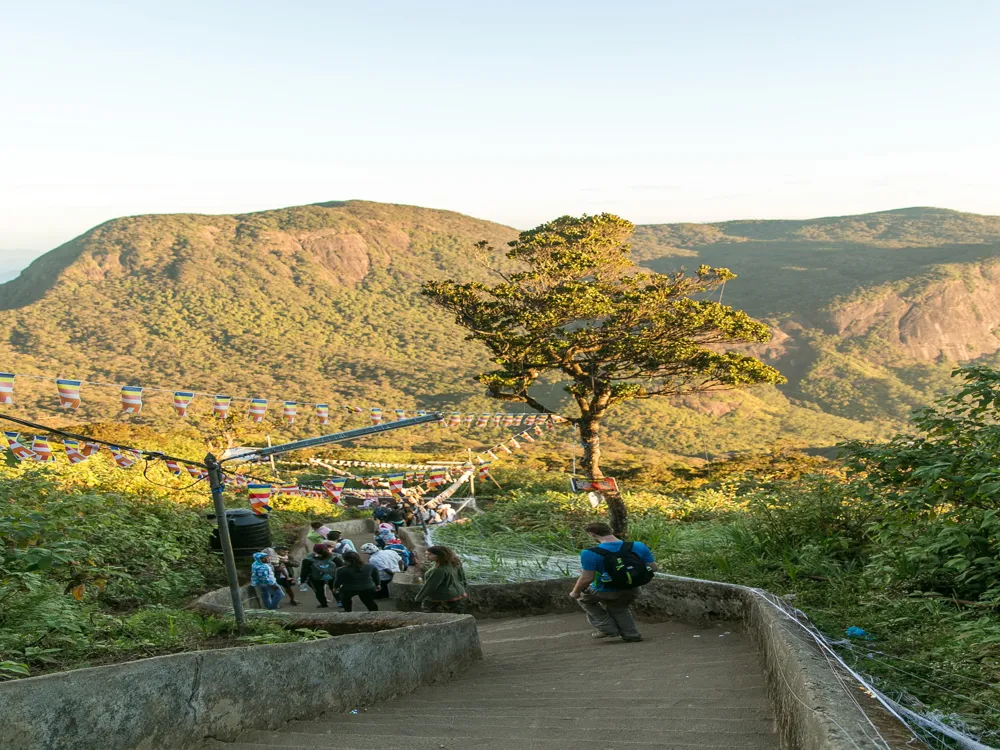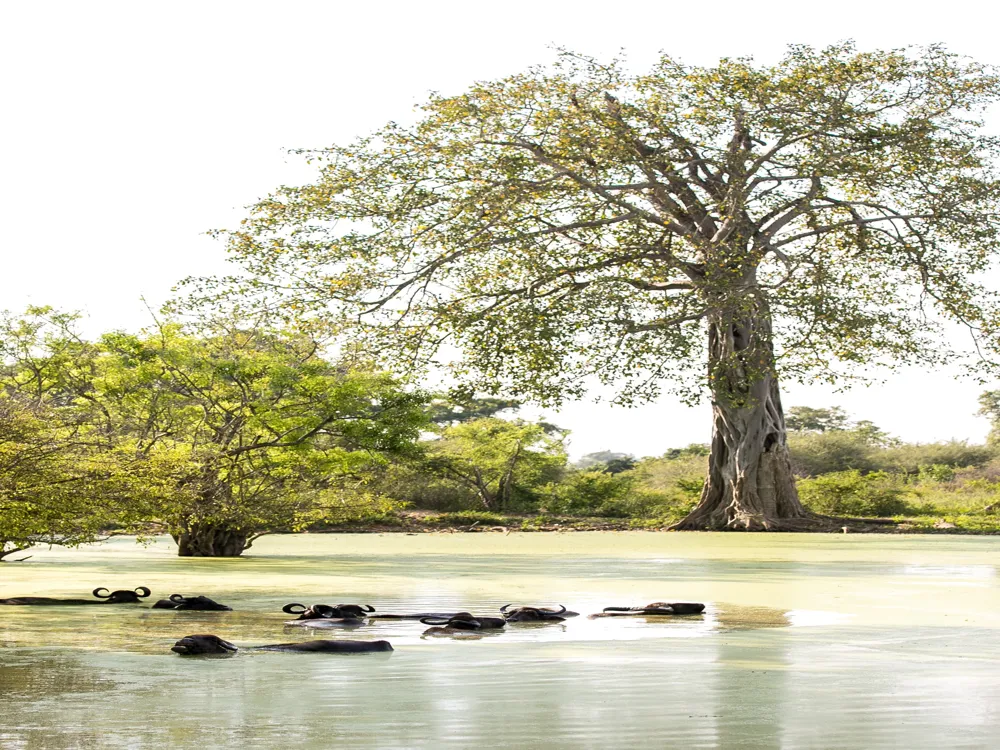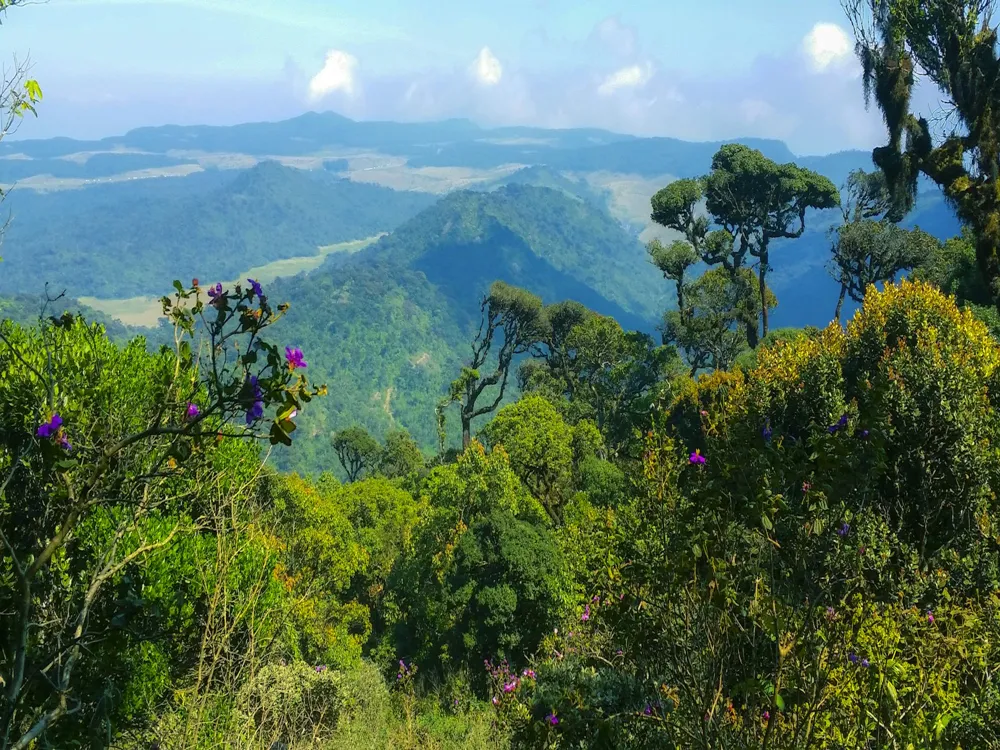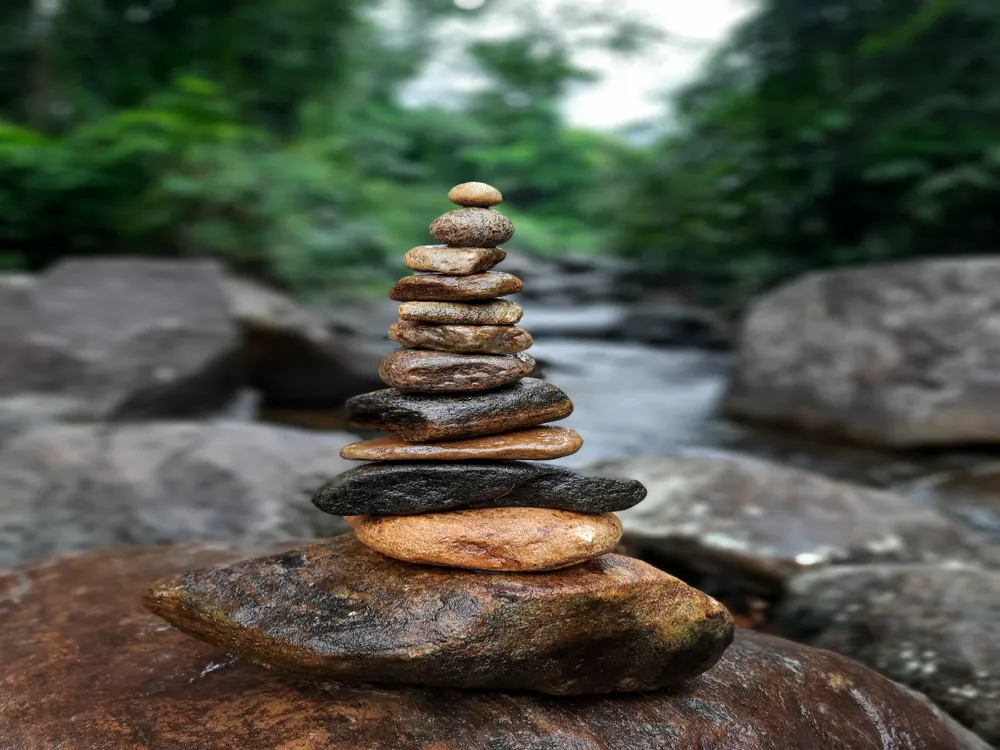Nestled in the heart of Kandy, the National Museum of Kandy is not just a mere repository of art, artifacts, and historical memorabilia; it is a vivid tapestry that weaves together the rich history and culture of Sri Lanka. Established in 1942, the museum resides adjacent to the Temple of the Tooth Relic, another landmark steeped in history. This proximity is not coincidental but symbolic of the deep-rooted cultural and religious significance the museum holds within the Sri Lankan narrative. As you step into the National Museum of Kandy, you are greeted by a collection that spans several centuries, encapsulating the rise and fall of kingdoms, the fusion of cultures, and the evolution of the Sri Lankan society. From ancient regalia, traditional Kandyan jewelry, and ornate weaponry to rare manuscripts and colonial memorabilia, the museum offers a panoramic view of Sri Lanka's past. Each artifact, whether it's a delicate fresco or a grandiose throne, tells a story – a story of a bygone era, of battles fought, of arts cherished, and of traditions preserved. The museum not only houses artifacts from the Kandyan era but also features exhibitions that shed light on the pre-colonial period. These displays include items from the Anuradhapura and Polonnaruwa periods, showcasing the artistic and architectural advancements of these ancient civilizations. Interactive exhibits and audio-visual presentations bring these ancient stories to life, providing a captivating experience for visitors of all ages. For researchers, historians, and enthusiasts, the National Museum of Kandy is a treasure trove of information. It offers a unique opportunity to delve deep into Sri Lankan history, to explore the intricacies of its cultural heritage, and to understand the myriad influences that shaped this island nation. The museum's extensive library boasts a wealth of resources, including rare books, manuscripts, and documents that provide invaluable insights into Sri Lanka's storied past. The National Museum of Kandy does more than just display artifacts; it fosters a deeper understanding and appreciation of Sri Lankan culture and heritage. It serves as a bridge between the past and the present, inviting visitors to embark on a journey through time, to explore the depths of Sri Lankan history, and to emerge with a newfound appreciation for this enchanting island's legacy. The National Museum of Kandy is not only renowned for its extensive collection but also for its remarkable architecture. A quintessential example of colonial-era design blended with traditional Kandyan architecture, the museum building is a sight to behold. Its design reflects the historical and cultural essence of Kandy, a city that has always been a melting pot of various architectural styles. Constructed in the early 20th century, the museum's structure is a testament to the architectural prowess of that era. The building showcases a harmonious blend of British colonial architecture with the indigenous Kandyan style. This amalgamation is evident in the distinctively red-tiled roof, arched doorways, and verandas which are characteristic of traditional Kandyan architecture, juxtaposed with the Georgian windows and classical columns that are hallmarks of the colonial style. As you approach the museum, the first thing that captures your attention is its majestic facade. The front elevation of the building is adorned with intricate carvings and motifs that are deeply rooted in Sri Lankan mythology and history. These carvings not only embellish the building but also narrate stories of the island’s rich cultural heritage. The interior of the museum is equally impressive. The layout is thoughtfully designed to guide visitors through a chronological journey of Sri Lankan history. High ceilings and spacious galleries ensure that even the most sizable artifacts are displayed in their full glory. The use of natural light through strategically placed windows adds an ethereal quality to the exhibits, creating an ambiance that is both serene and awe-inspiring. The museum’s architecture is not just about aesthetics; it’s a functional masterpiece. The building is designed to provide optimal conditions for the preservation of artifacts. Temperature and humidity are meticulously regulated to ensure the longevity of the historical treasures housed within. Furthermore, the museum's layout facilitates an intuitive visitor flow, allowing for a seamless and engaging exploration of Sri Lanka's past. In summary, the National Museum of Kandy is a remarkable architectural gem that beautifully encapsulates the essence of Kandy’s historical and cultural identity. Its design is not only a visual delight but also serves a greater purpose in preserving and showcasing the island’s rich heritage. A visit to this museum offers not just a glimpse into the past but also an appreciation for the artistry and thoughtfulness embedded in its architecture. The best time to visit the National Museum of Kandy is during the morning hours when it’s less crowded. This allows you to explore the exhibits at your own pace. The museum is less busy on weekdays, making them ideal for a more serene experience. While there is no strict dress code for the museum, it’s advisable to dress modestly out of respect for the cultural significance of the site. Comfortable walking shoes are recommended, as you will be on your feet for most of the visit. Photography is allowed in most areas of the museum, but flash photography is prohibited to protect the artifacts. Always check for signs or ask a staff member if unsure about photography in certain areas. Opting for a guided tour can greatly enhance your experience. Knowledgeable guides provide insights and stories about the exhibits that you might otherwise miss. Check the museum’s schedule for tour timings. The museum is equipped to accommodate visitors with mobility issues. However, it’s advisable to check in advance about specific accessibility needs or arrangements. The National Museum of Kandy is located in the heart of Kandy city, making it easily accessible by various modes of transportation. For visitors staying in Kandy, the museum is a short walk from many central locations. For those coming from outside the city, there are several convenient options: Regardless of how you choose to travel, the journey to the National Museum of Kandy is an experience in itself, offering scenic views and a glimpse into the daily life of this historic city. Read MoreOverview of the National Museum of Kandy
Architecture of the National Museum of Kandy
Tips When Visiting National Museum of Kandy
Best Time to Visit
Dress Code
Photography Rules
Guided Tours
Accessibility
How To Reach National Museum of Kandy
National Museum of Kandy
Kandy
₹ 13,368 onwards
View kandy Packages
Weather :
Tags : Museum
Timings : 09:00 AM to 05:00 PM
Entry Fee : Foreigner - Child : 400 LKR Adult : 600 LKR; Local - Child : 20 LKR Adult : 30 LKR
Planning a Trip? Ask Your Question
Kandy Travel Packages
View All Packages For Kandy
Top Hotel Collections for Kandy

Private Pool

Luxury Hotels

5-Star Hotels

Pet Friendly
Top Hotels Near Kandy
Other Top Ranking Places In Kandy
View All Places To Visit In kandy
View kandy Packages
Weather :
Tags : Museum
Timings : 09:00 AM to 05:00 PM
Entry Fee : Foreigner - Child : 400 LKR Adult : 600 LKR; Local - Child : 20 LKR Adult : 30 LKR
Planning a Trip? Ask Your Question
Kandy Travel Packages
View All Packages For Kandy
Top Hotel Collections for Kandy

Private Pool

Luxury Hotels

5-Star Hotels

Pet Friendly








